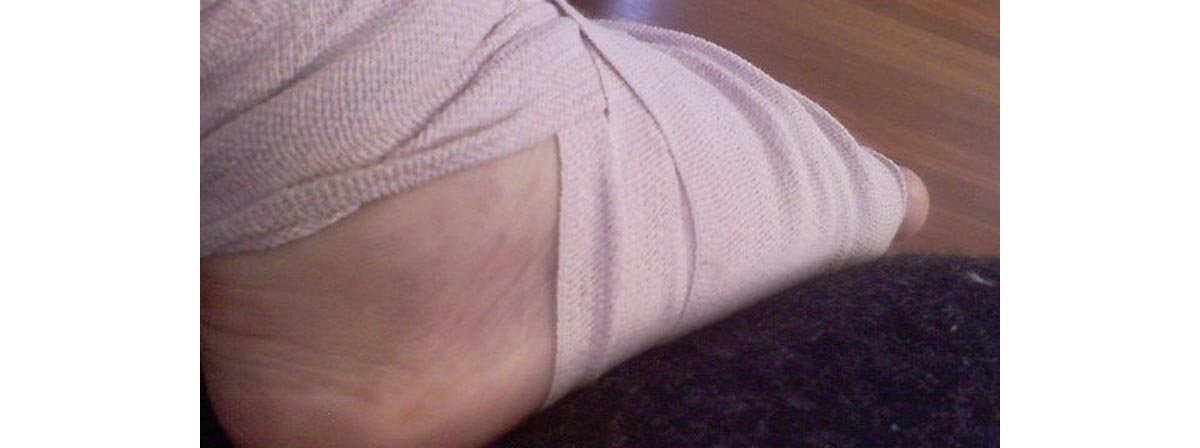Table of Contents
When the bones in the middle of the foot are broken or if the ligaments that support those bones are torn, the result is what’s known as a Lisfranc fracture. There are varying degrees of Lisfranc injuries, which can range from simple muscle tears to more complex bone fractures that involve several of the numerous bones and joints that are located in the middle of the foot.

This is a common misdiagnosis in individuals who suffer from a common twist of the ankle which results in a fall. When a true Lisfranc injury occurs, it is more complex than a simple foot sprain. Telling the individual to go walk it off, as is commonly done for a foot sprain, will do no good whatsoever in the case of a Lisfranc injury, and can in fact make the injury worse. A true Lisfranc injury requires a proper diagnosis and proper treatment, and can take several months to heal properly. In some cases, one or more surgical procedures may be required to treat the Lisfranc injury.
Much like a sprained foot, a Lisfranc fracture can occur when the ankle or foot experiences a simple twist and fall. Lisfranc injuries generally occur as a result of a low-energy injury. This means that high impact activities such as running are not usually the cause.
Lisfranc injuries can also occur as a result of sustaining a direct trauma injury, such as those that occur from falling from an elevated height. These types of Lisfranc injuries are usually much more severe. Although they occur less often than low-energy injuries, these high-energy injuries can lead to the development of multiple Lisfranc fractures and/or the dislocation of the bones or joints in the middle of the foot. Ouch!
It is often difficult to diagnose a Lisfranc injury correctly, and that is because of where it these injuries are located. The Lisfranc bones and tendons are located deep in the middle of the foot, underneath the area where a stirrup would be placed. There are many other muscles and bones located in that area in addition to the Lisfranc, and the foot is in fact the body part that features the largest number of bones anywhere in the human body. This can make it difficult for doctors to diagnose the actual injury, even when x-rays and other diagnostic tests are used.
- Photo courtesy of Julie F by Flickr : www.flickr.com/photos/fisticuffs/772313717/
- Photo courtesy of Julie F by Flickr : www.flickr.com/photos/fisticuffs/899900379/

